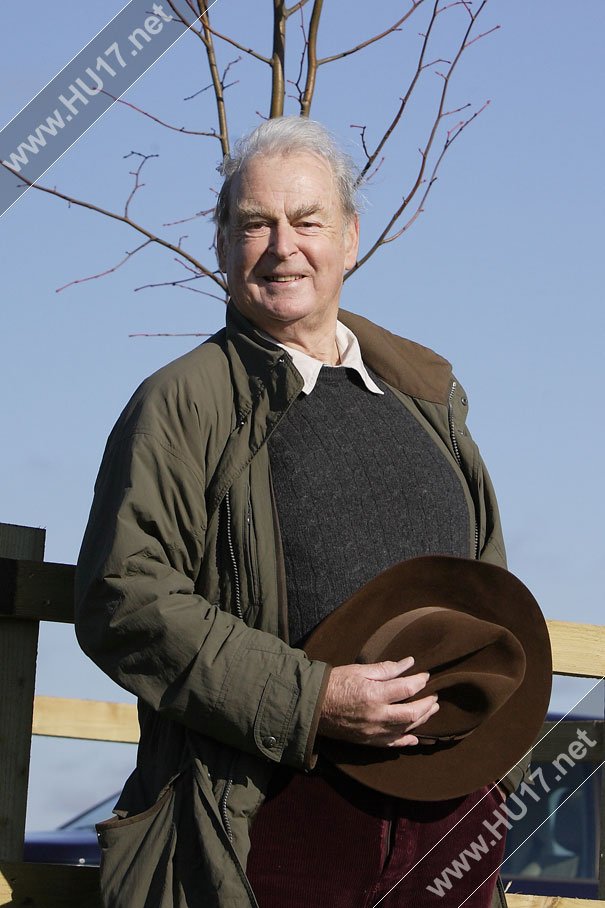Tom Martin, a former Vice Lord Lieutenant of the East Riding, some time East Yorkshire County Councillor and chairman of Beverley Town Council, chairman of Beverley Civic Society and a JP as well as a successful business man, was the guest speaker at our November lunch meeting.
Among many other acts of public service he had chaired the committee which designed and implemented the Beverley Town Trail. He entertained us with a most interesting presentation about this highly successful and acclaimed project.
Beginning with the death of Saint John of Beverley and his burial in the Minster, which established Beverley as an important pilgrimage destination, our speaker traced how the town grew as a result of the demand for services far beyond that necessary to support the local population, so that by 1500 it was the 11th largest town in England, an important port and commercial centre.
He described how from the 12th century onwards the various traders and craftsmen working in the town began to form guilds to regulate their trades, by setting standards of conduct, craftsmanship, business practice and to protect their members from undue competition. During the Middle Ages Beverley had a large number of such guilds and between them they had considerable influence over the affairs of the town.
Moving on he described how at the Millenium a need was seen to promote a greater awareness of Beverley’s history and to tell the story of the important part played in the development of the town by the various guilds, crafts and trades. In response the Town Trail was designed as a project which could also involve the whole population.
Support both financial and technical was obtained from such sources as the Heritage Lottery Fund, various local businesses, societies and organisations, Beverley Town Council, East Riding of Yorkshire Council “Visit Hull and East Yorkshire” and many local schools.
Various works of art, including sculptures, plaques and other installations were commissioned and placed around the trail which now consists of 4 designated walking routes through the town.
These are enjoyable in themselves as a way of viewing many architectural and townscape gems but they also pass in total 35 sites of historical interest, each marked with some sort of installation and explained in an accompanying leaflet, available free of charge from the Tourist Information Office.
Our speaker had brought with him the last remaining copies of the official guide to the trail published as a souvenir of its inauguration in 2010.
These rapidly sold out at £5.00 per copy, an indication of the interest generated by his presentation.



